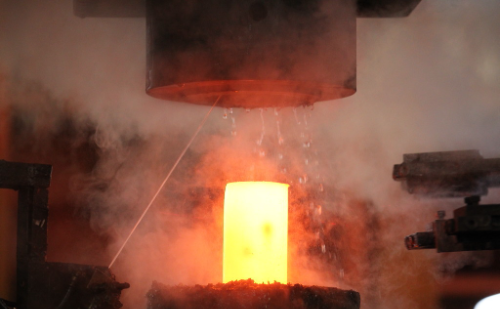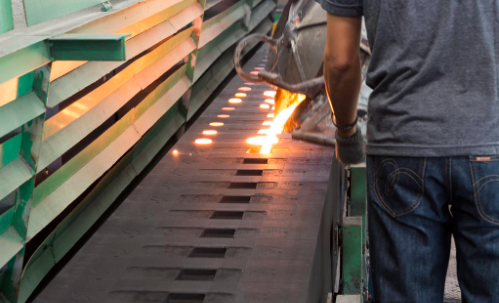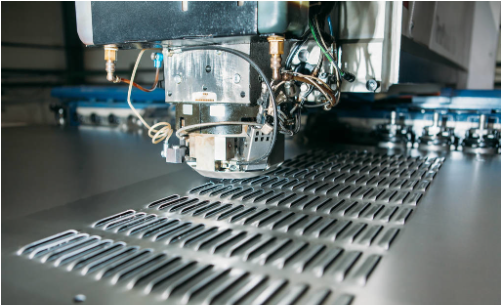What is the difference between forging, stamping and casting?
Release time:2024-04-29
What is the difference between forging, stamping and casting?
1, forging and casting difference
(1) Conceptual differences
Casting: is to change the shapeless liquid metal into a solid shape.
Forging: is to change one shape of solid into another shape of solid.
Casting is like when you play with wax, you buy wax (scrap steel, or pig iron) and then you turn that wax into a liquid, put it in a mold or something, and you get different shapes. (Solid-liquid-solid)
Forging is similar to the process of making flatbread, where you knead small pieces of dough and put them into molds to make products of different shapes. Almost solid shapes can change into other shapes (solid to solid) at high temperatures.
Casting is the process of casting molten metal into a model to obtain castings. The casting major focuses on the metal melting process, as well as the process control during the casting process.
Forging is a plastic forming under the solid state, there are hot processing, cold processing points, such as extrusion, drawing, rough, punching and so on are forging.

(2) Forging is slowly forming, casting is a molding.
Casting: Molten liquid metal is filled with cavity and cooled. It is easy to produce air holes in the middle of the parts.
Forging: It is mainly formed by extrusion at high temperature. It can refine the grains in the parts.
2, the difference between casting, forging, stamping and die casting
(1) Casting is to melt the raw material and let it form naturally in the molding mold;
Forging is to heat raw materials to a certain temperature and then use tools to forge and form;
Stamping is to use the appropriate stamping die to press the raw materials;
Die casting is the use of pressure on the basis of casting to melt the raw material into the mold to get a higher density or more precise shape;
Casting: Molten liquid metal is filled with cavity and cooled. It is easy to produce air holes in the middle of the parts.
(2) Forging: It is mainly formed by extrusion method at high temperature, which can refine the grains in the parts.
The thickness of the parts is basically equivalent to that of the sheet metal forming for stamping.
Parts of wide thickness, complex shape, not heat, die casting.
1, casting is divided into two kinds: high pressure casting and low pressure casting. Simply put, after melting the metal, the pressure of pressing the model is different, the temperature of heating the metal and the machine used to cast it are different.
2, forging is also a way of casting, the difference is that the temperature is lower when forging, and some can be made into finished metal in a semi-melted state.
3, stamping is the process of making semi-finished products into finished products with machines such as punching machines at room temperature.
4, die casting is also a way of high temperature casting, when the structure is more complex, more difficult casting, you can use the die casting machine, the metal is heated into liquid, pressed into the mold, after cooling open the mold to take out the product of a casting method.












